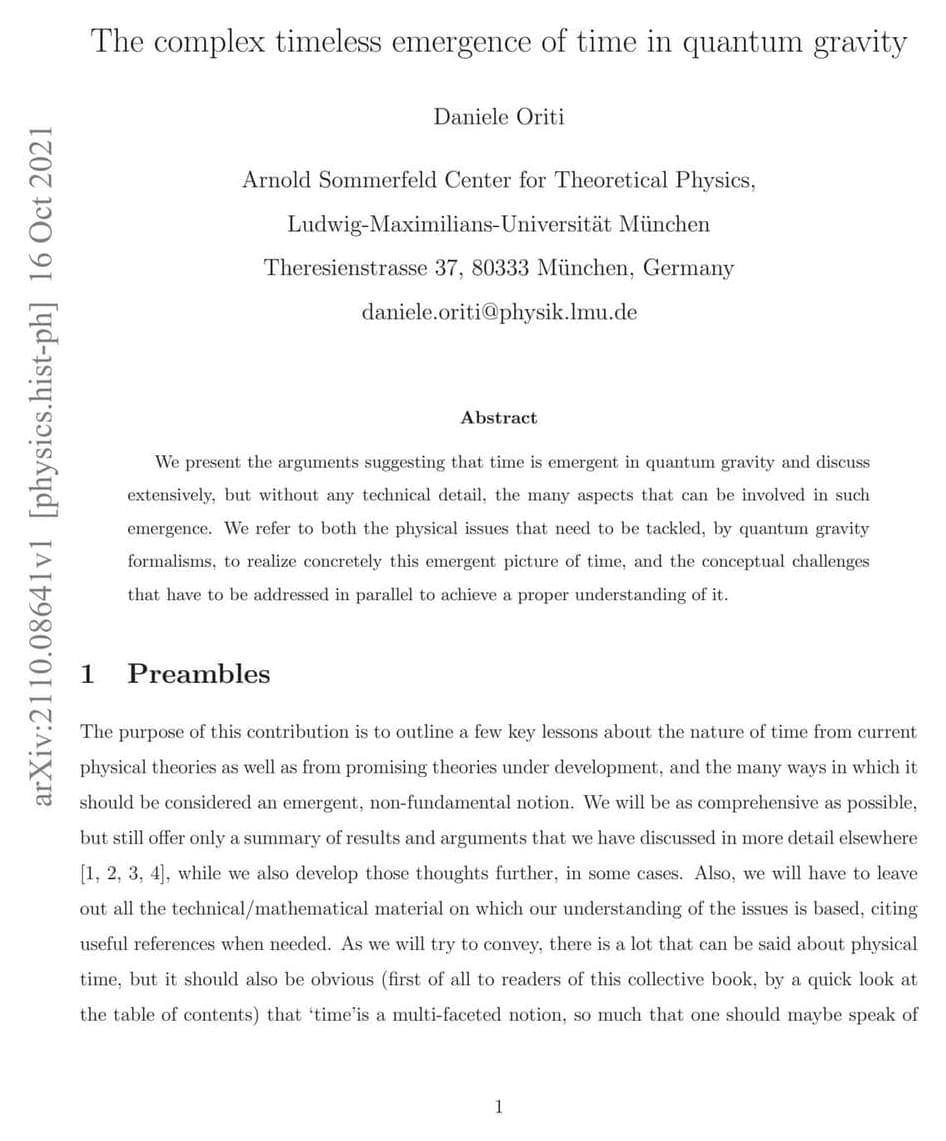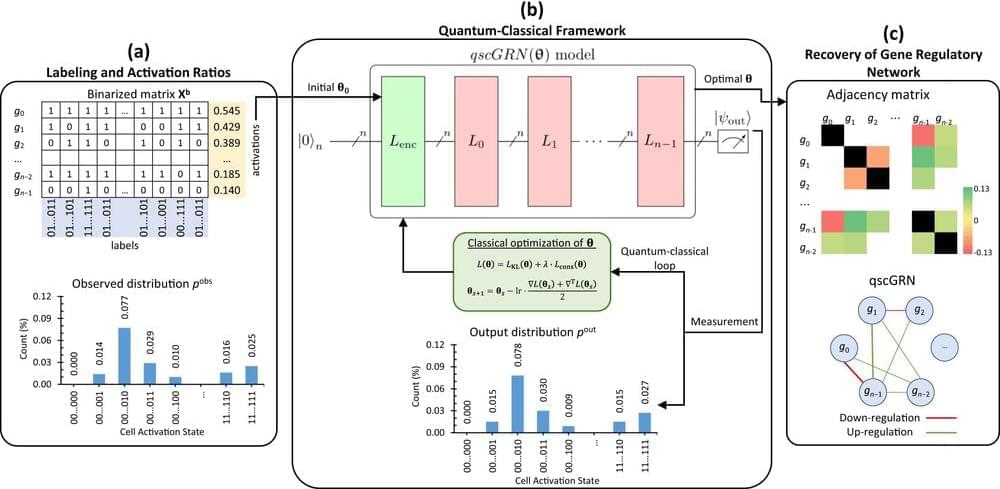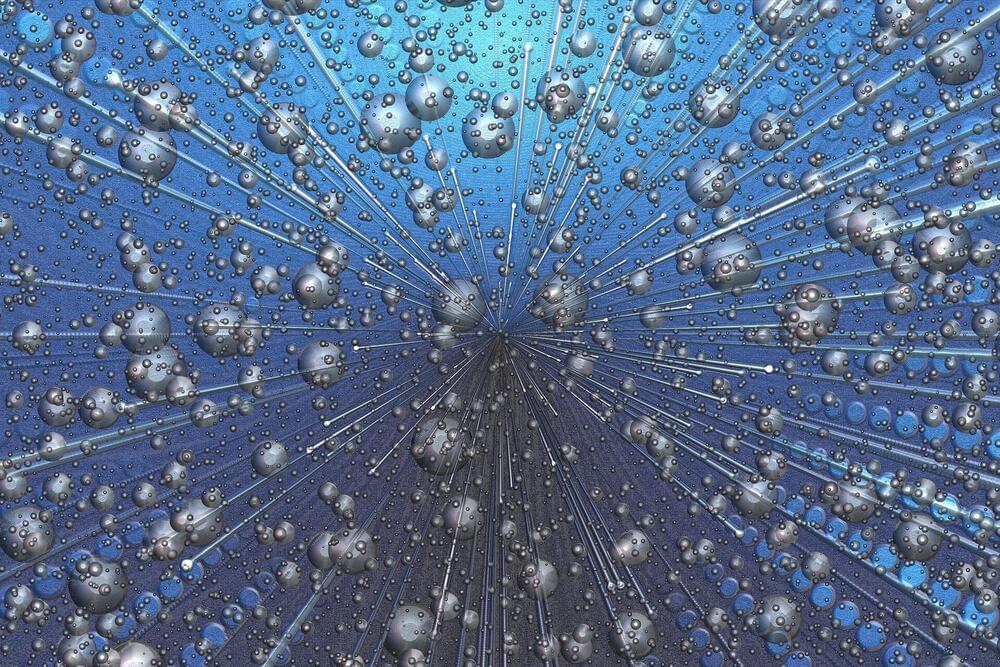Quantum scientists have discovered a phenomenon in purple bronze, a one-dimensional metal, that allows it to switch between insulating and superconducting states. This switch, triggered by minimal stimuli like heat or light, is due to ’emergent symmetry’. This groundbreaking finding, initiated by research into the metal’s magnetoresistance, could lead to the development of perfect switches in quantum devices, a potential milestone in quantum technology.
Quantum scientists have discovered a phenomenon in purple bronze that could be key to the development of a ‘perfect switch’ in quantum devices which flips between being an insulator and superconductor.
The research, led by the University of Bristol and published in Science, found these two opposing electronic states exist within purple bronze, a unique one-dimensional metal composed of individual conducting chains of atoms.







